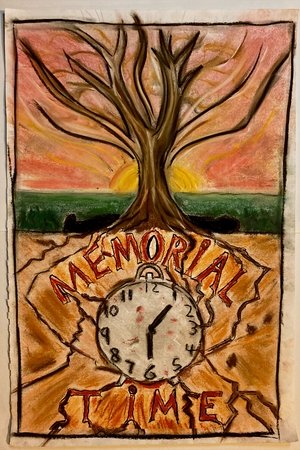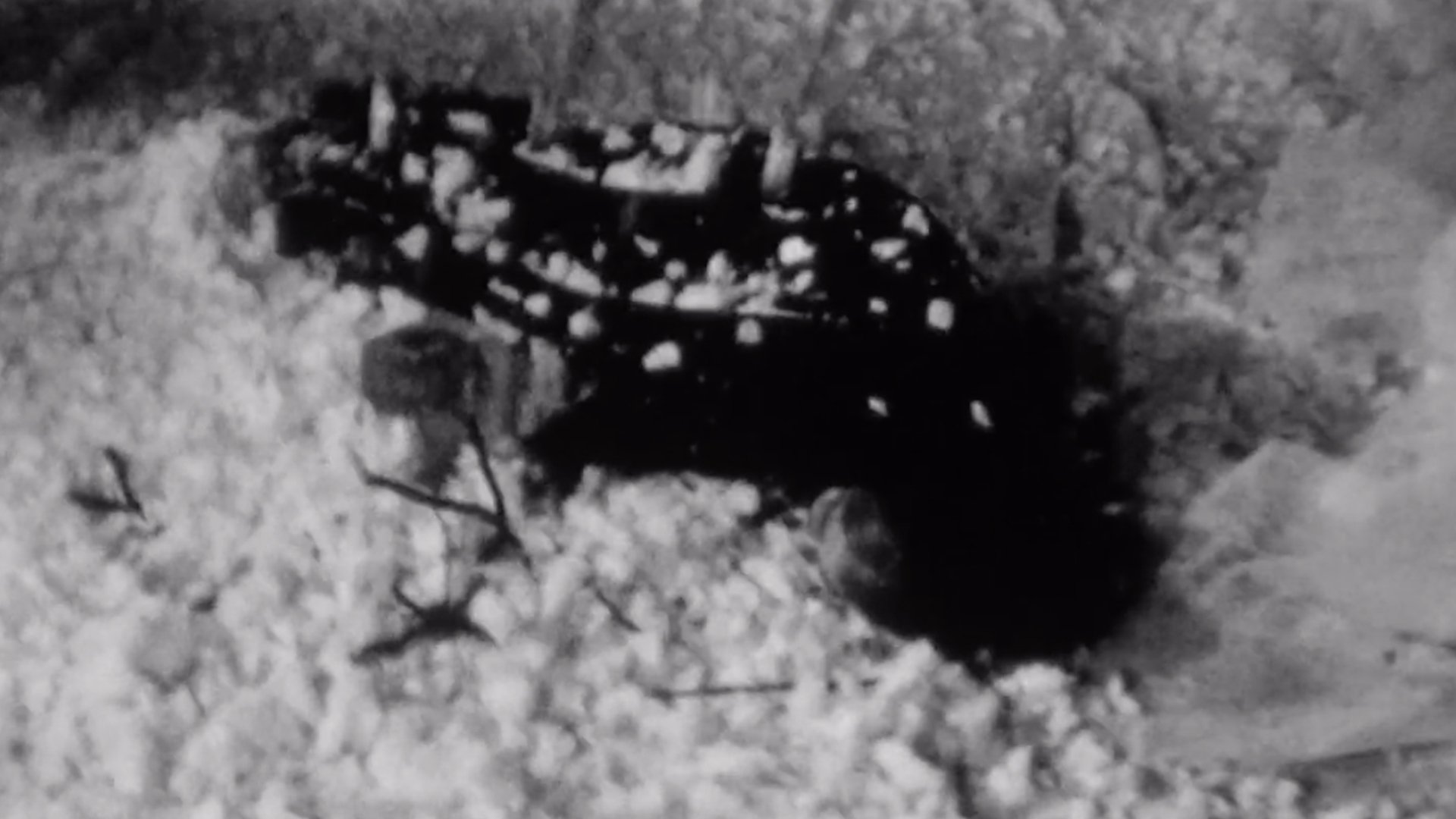
Spring and Winter
Top 1 Billed Cast
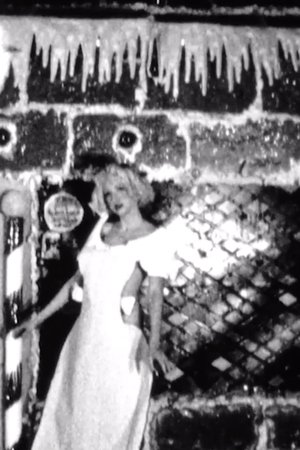
Spring and Winter
HomePage
Overview
Feinstein's "Spring and Winter" explores themes present throughout her oeuvre. The narrative is derived from Giambattista Basile's "Sun, Moon, and Talia" (1634), which is considered the original version of the "Sleeping Beauty" story. Fairy tales, kitsch, and the intricacies of femininity commingle as Feinstein performs as a paper doll, maiden, and crone. The spaces between the dichotomies of fiction and reality, young and old, sexual and pure are disclosed within the scope of feminine identity within this film.
Release Date
1996-01-01
Average
0
Rating:
0.0 startsTagline
Genres
Languages:
No LanguageKeywords
Similar Movies
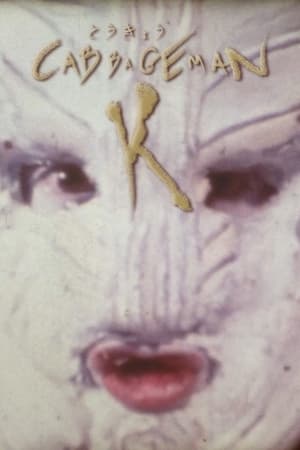 7.0
7.0Tokyo Cabbageman K(ja)
A young man wakes up one morning to find that his head has transformed into a large cabbage. He quickly becomes a source of bemusement, desire and hostility to all those around him.
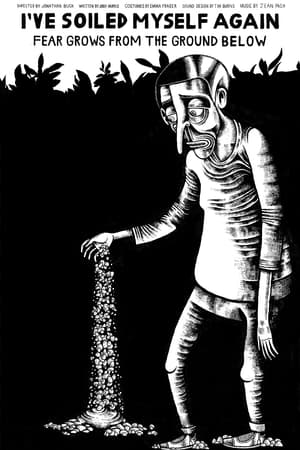 0.0
0.0I've Soiled Myself Again(en)
A man is confronted by parallel versions of himself as he contemplates his life choices.
 0.0
0.0DARKMAN(en)
Seeing himself as a form unable to experience intimacy, he is given the chance when brought to the household of twin sisters.
Lolita Separates(sv)
In this short slice of transgressive punk cinema, a woman achieves accidental revenge on her boyfriend after he cruelly kills and eats the fish-stick that she had magically brought to life. Despite this tragic event, not all is lost for Lolita, as she soon meets an unexpected new friend.
Environmental Training(pt)
The silent film is about a depressive lady of the last century who travels through time to a beach of current times, but ends up coming across a completely polluted environment.
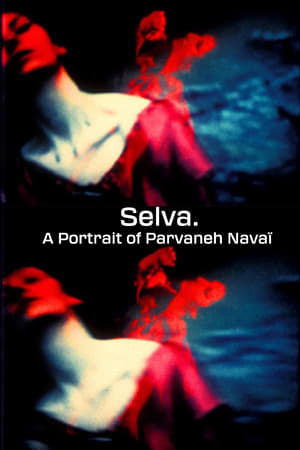 10.0
10.0Selva. A Portrait of Parvaneh Navaï(fr)
Trance dances and out of body projection. In front of the camera, Parvaneh Navaï becomes a mediator who enters in contact with and immerses into the energies of Nature, while her own energy radiates and echos in the forest ("selva"). The camera amplifies and expands her presence, transforming the forest into an imaginary space. The camera becomes a painter's brush.
 0.0
0.0Lou Believers(en)
Thurston Moore, Kim Gordon, and Lou Reed roam the streets of Los Angeles searching for James Woods.
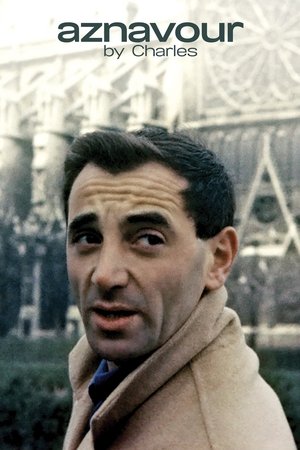 6.9
6.9Aznavour by Charles(fr)
In 1948, French singer Charles Aznavour (1924-2018) receives a Paillard Bolex, his first camera. Until 1982, he will shoot hours of footage, his filmed diary. Wherever he goes, he carries his camera with him. He films his life and lives as he films: places, moments, friends, loves, misfortunes.
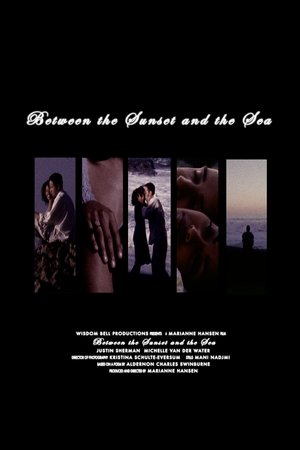 0.0
0.0Between the Sunset and the Sea(en)
On the beach at sunset a man waits for his one true love. When she arrives, a bittersweet romance ensues.
 6.0
6.0Lost Boundaries(en)
Lost Boundaries is comprised of footage shot by Julien on location, in England in the summer of 1985, during the making of the Sankofa film and video collective's first experimental feature film The Passion of Remembrance (1986), which he co-directed with Maureen Blackwood, another member of the collective. In recapturing those moment Lost Boundaries both deconstructs and foregrounds the means of 16mm film production while weaving together a fragile community of Black artists and actors who came to prominence at a time when debates in film theory - such as those of the Screen film journal and of "third cinema" discourses where cinema was intertwined within (Brechtian) filmmaking practices - were at the forefront of forging a new politics of artistic representation. A Black avant-garde.
 0.0
0.0Brutalist Couture(en)
Hieronymus Rivera (Jonathan Rosado), a strong force in the New York fashion underground, is offered the deal of a lifetime by Cecilia Meadows (Jessica Shepherd), a government official who is the head of a new secret program called DAFTCA. What begins as a simple agreement to design uniforms for the organization, soon finds Hieronymus in the center of a vast web of conspiracy.
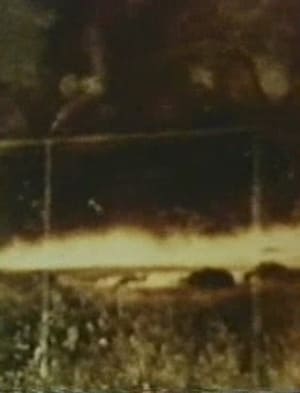 4.2
4.2Song 2(en)
SONGS 2 & 3: Fire and a mind’s movement in remembering (the Songs are a cycle of silent color 8mm films by the American experimental filmmaker Stan Brakhage produced from 1964 to 1969).
 4.2
4.2Song 3(en)
SONGS 2 & 3: Fire and a mind’s movement in remembering (the Songs are a cycle of silent color 8mm films by the American experimental filmmaker Stan Brakhage produced from 1964 to 1969).
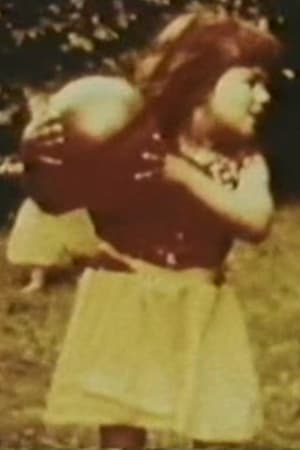 4.5
4.5Song 4(en)
SONG 4: Three girls playing with a ball. Hand painted (the Songs are a cycle of silent color 8mm films by the American experimental filmmaker Stan Brakhage produced from 1964 to 1969).
 4.2
4.2Song 5(en)
SONG 5: A childbirth song (the Songs are a cycle of silent color 8mm films by the American experimental filmmaker Stan Brakhage produced from 1964 to 1969).
 4.4
4.4Song 8(en)
SONG 8: Sea Creatures. The Songs are a cycle of silent color 8mm films by the American experimental filmmaker Stan Brakhage produced from 1963 to 1969.
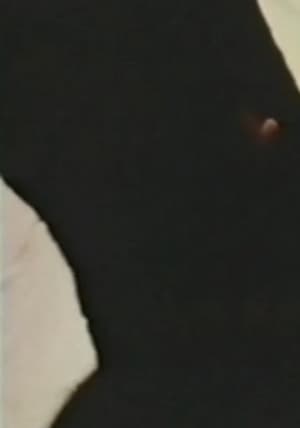 3.9
3.9Song 10(en)
SONG 10: Sitting around (the Songs are a cycle of silent color 8mm films by the American experimental filmmaker Stan Brakhage produced from 1964 to 1969).
 3.9
3.9Song 11(en)
SONG 11: Fires, windows, an insect, a lyre of rain scratches (the Songs are a cycle of silent color 8mm films by the American experimental filmmaker Stan Brakhage produced from 1964 to 1969).

